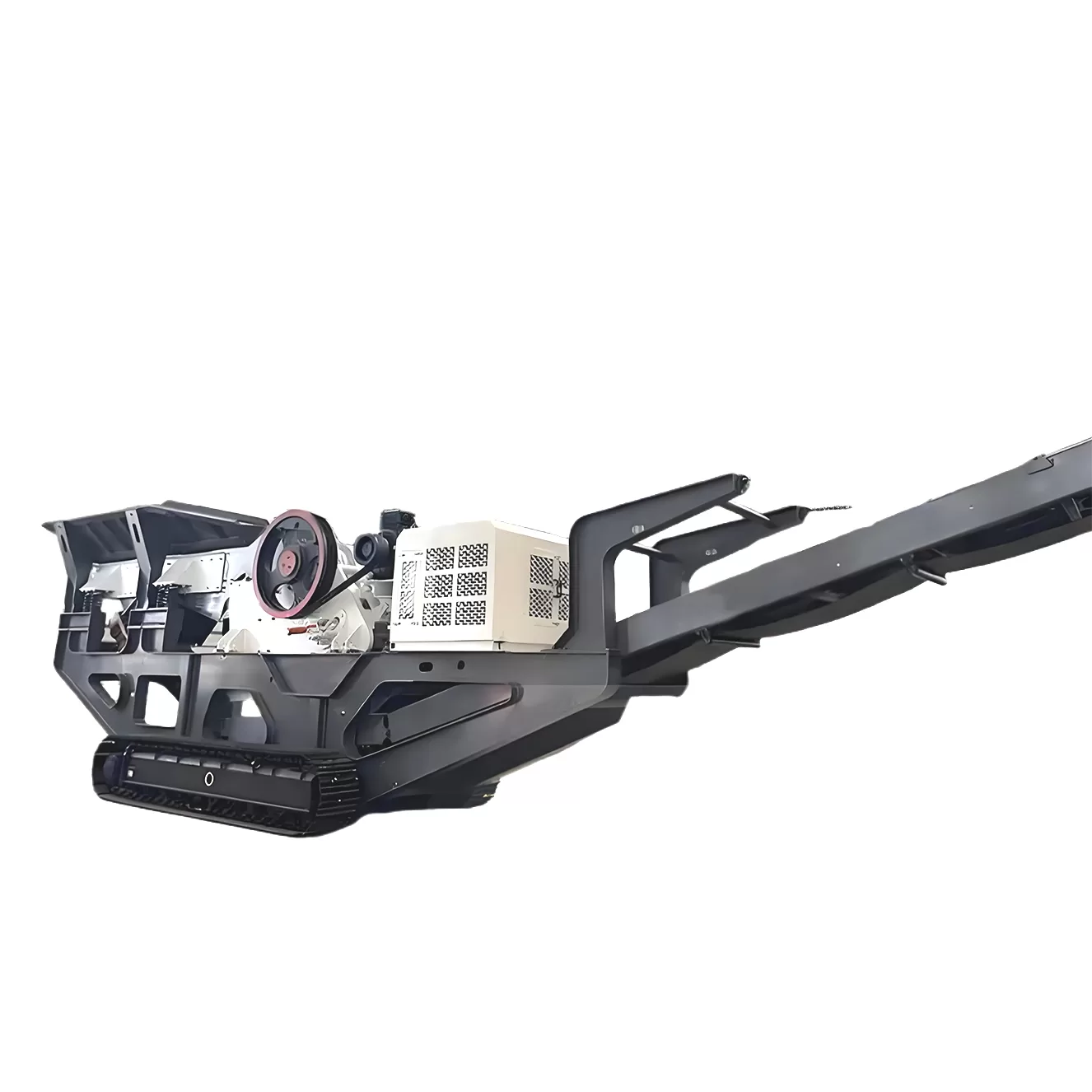全站搜索
Search the entire website
Search the entire website
This machine is a latest rock crushing equipment crushing, which is mainly used in the fields of metallurgy, chemistry, construction materials, hydroelectric power and so on.
A track-mounted jaw crusher is a primary crushing machine on a tracked chassis. It solves problems of crushing large, hard materials directly at the source, like quarries or demolition sites, eliminating costly hauling.
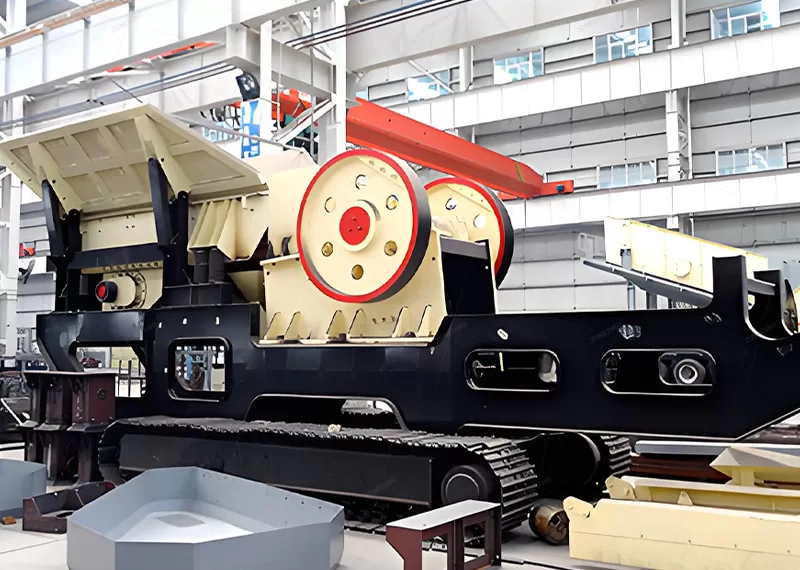
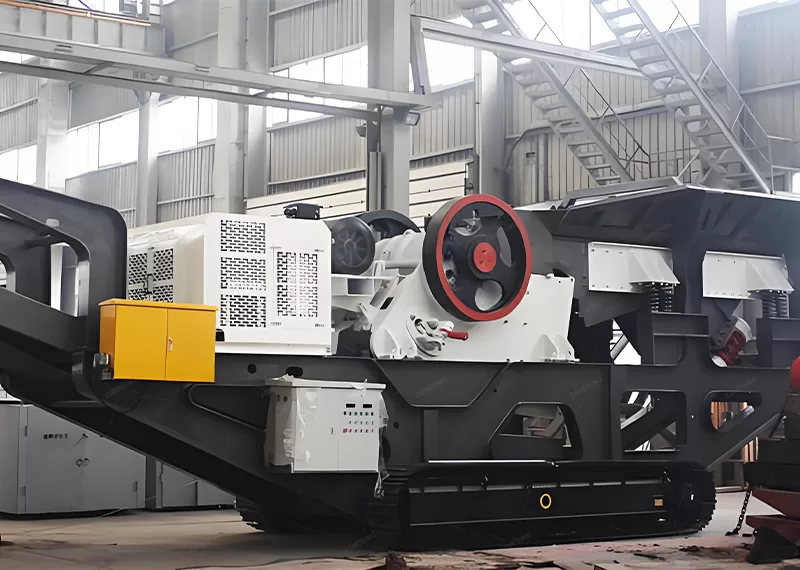
This machine combines raw crushing power with go-anywhere mobility.
Track-mounted jaw crushers are ideal for quarries, mining operations (especially opening new areas), large-scale construction demolition sites, and road building projects where mobility and handling large feed are crucial.


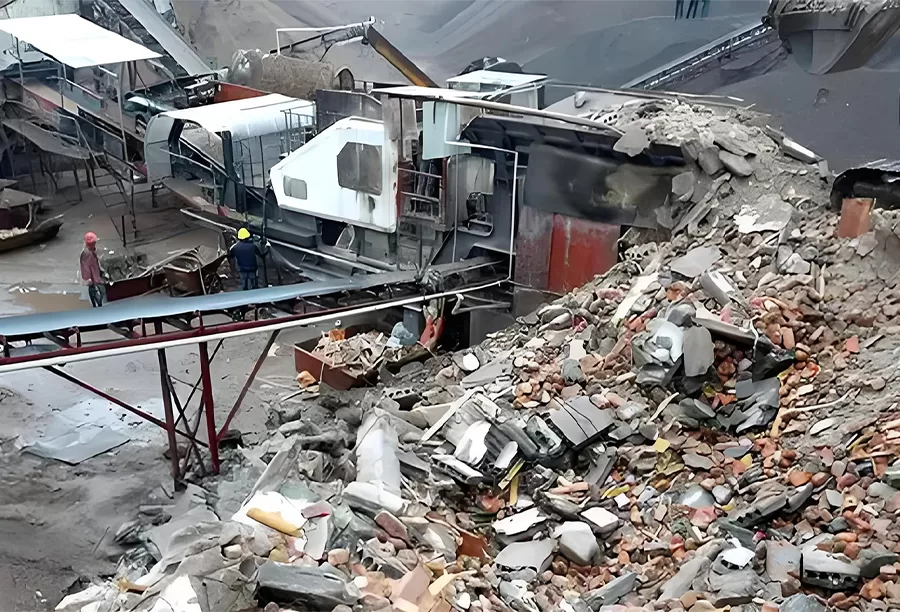
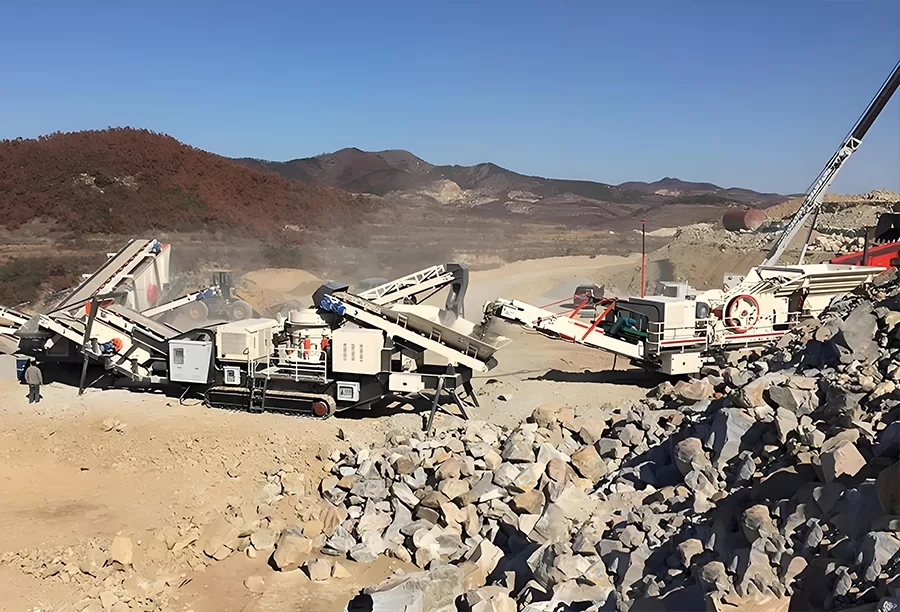
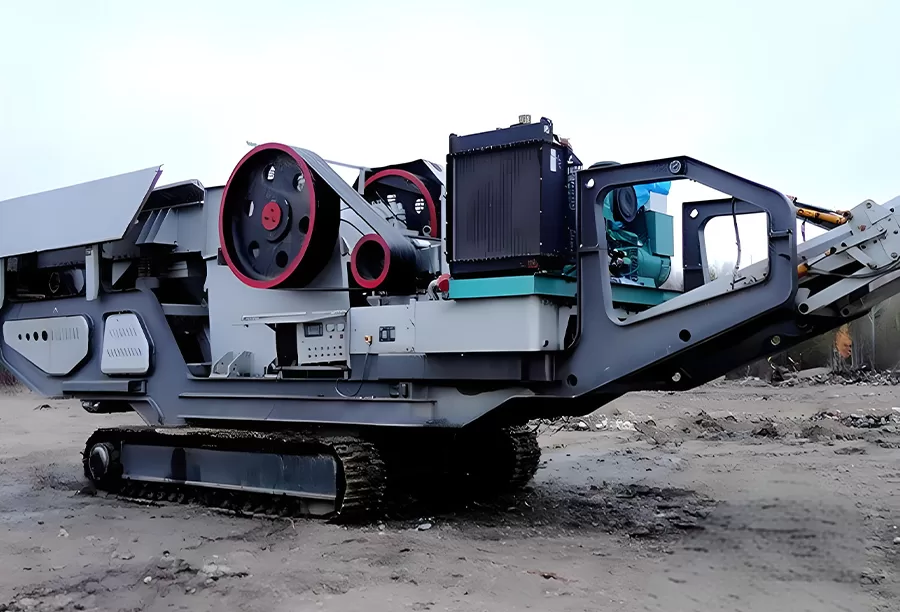
Different materials crush differently. Using a standard model for very hard rock or sticky material leads to problems. Matching the crusher to the material is key for performance.
Select the model based on the material’s maximum feed size, hardness (compressive strength), abrasiveness, moisture content, and presence of clay or contaminants like steel rebar.
| Model | WT96 | WT106 | WT120 | |
| Dimensions of Transmission Devices | Length | 14200mm | 14900mm | 15200mm |
| Width | 2900mm | 3000mm | 3200mm | |
| Height | 3470mm | 3600mm | 3700mm | |
| Weight | 38t | 50t | 65t | |
| Feeder | Hopper Volume | 5m³ | 5m³ | 6m³ |
| Loading Height | 3900mm | 4100mm | 4300mm | |
| FeederModel | GZDT3895 | GZDT1145 | GZDT1245 | |
| Unearthed Belt Conveyors | Dimensions(Width×Length) | 800×9000mm | 1000×10000mm | 1200×12000mm |
| Dumping Height | 3100mm | 3200mm | 3400mm | |
| Crusher | Model | CJ96 | CJ106 | CJ120 |
| Inlet Dimensions | 930×580mm | 1060×700mm | 1200×870mm | |
| Max.Feeding Size | 480mm | 560mm | 700mm | |
| Main Belt Conveyor | Dimensions(Width×Length) | 800×9000mm | 1000×10000mm | 1200×12000mm |
| Dumping Height | 3100mm | 3200mm | 3400mm | |
| Iron Remover | Model | RCYQ-8 | RCYQ-10 | RCYQ-10 |
| Diesel Engine | Power | 96kw | 106kw | 132kw |
| Manufacturer | Carter Perkins | Carter Perkins | Carter Perkins | |
| The Main Machine | Power | 112.9kw | 141.4kw | 196.2kw |
| Ways of Controlling | Wired/Wireless (optional) | Wired/Wireless (optional) | Wired/Wireless (optional) | |
Let’s break down how material properties influence your choice.
| Material Type | Key Considerations | Recommended Features |
|---|---|---|
| Hard, Abrasive Rock | High power needed, rapid jaw wear | Heavy-duty build, high manganese (Mn18+) jaws, easy change |
| Softer Rock (Limestone) | Lower power okay, less wear | Standard build often sufficient |
| C&D Waste (Concrete) | Variable size, rebar common, potentially dusty | Robust build, strong magnet, effective dust suppression |
| Sticky / High Clay Ore | Risk of packing/clogging | Consider no pre-screen grizzly, steeper chamber angle |
| Large Feed Size | Needs large gape | Larger model size required |
Please provide us with details of your feed material. This will allow us to recommend the most suitable model and configuration, including the right jaw material and profile, to ensure optimal performance and service life.
Regular lubrication, consistent feed control, routine inspection of wear parts (especially jaw plates and toggle seats), keeping the machine clean, and addressing minor issues promptly are crucial for longevity.
Investing time in these routine checks and practices prevents major failures and significantly extends the crusher’s working life.
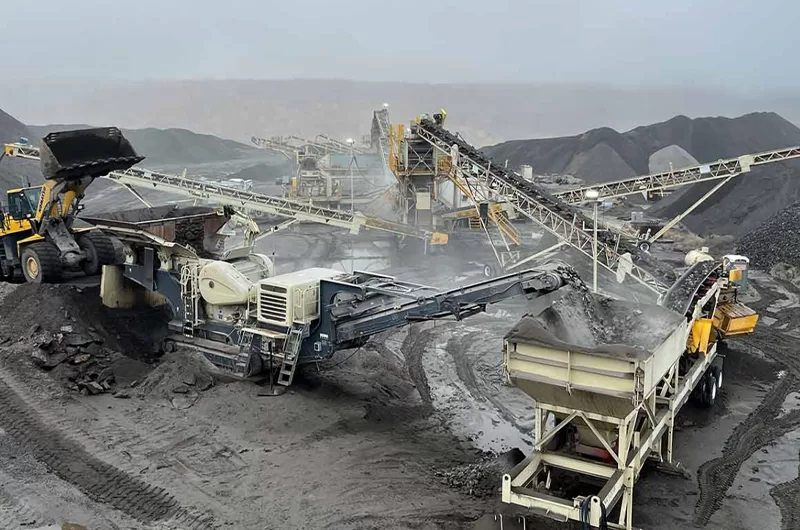
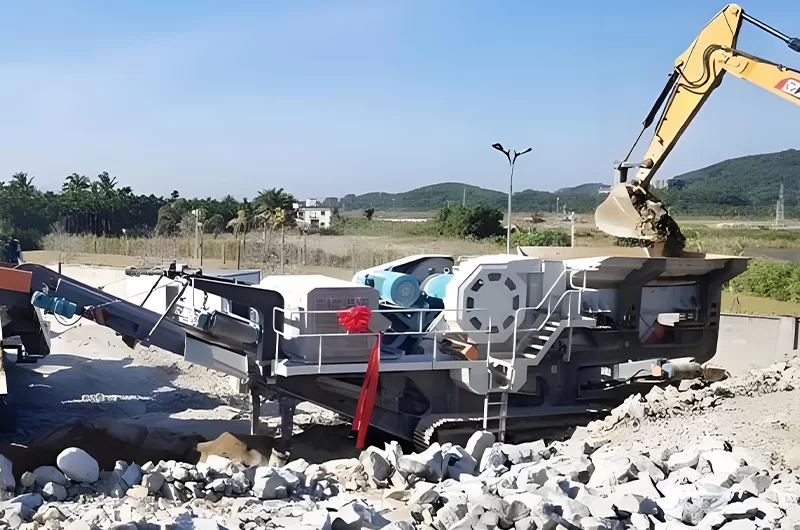
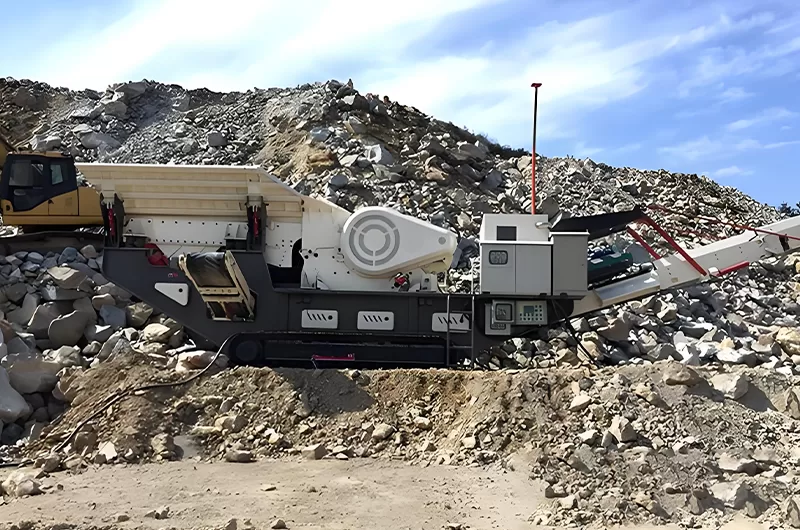
Selection hinges on material characteristics (max feed size, hardness, abrasiveness), required throughput (tph), desired output size (CSS), available motor power, and budget. Careful analysis ensures optimal, cost-effective performance.
Proper installation requires a robust, level foundation and precise alignment. Correct operation involves thorough pre-checks, empty start-up, controlled uniform feeding, avoiding overload/choking, and following the proper shutdown sequence.
Daily checks include fasteners, lubrication, and visual inspection of wear parts. Regular maintenance involves deeper inspections and component servicing. Extend jaw plate life significantly through proper material selection, uniform feeding, pre-screening, and strategically rotating or flipping the plates.
Common faults include sudden stops (choking), reduced output, jaw plate issues, bearing overheating, excessive vibration, and toggle plate breakage. Troubleshooting involves systematically identifying causes like blockages, wear, loose parts, or improper settings.
Jaw crushers excel at primary crushing of large, hard materials due to their robustness. Cone crushers are better suited for secondary/tertiary hard rock crushing, offering higher reduction and better shape. Impact crushers produce excellent cubical product but wear much faster on hard, abrasive rock.
